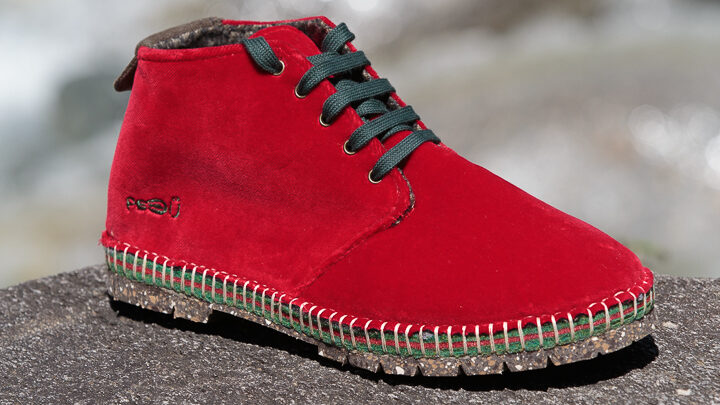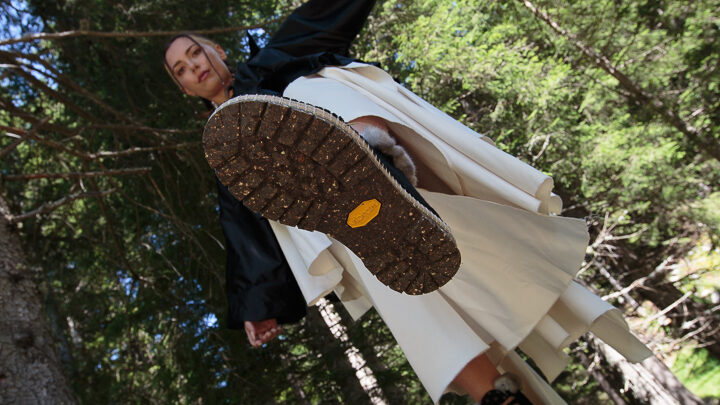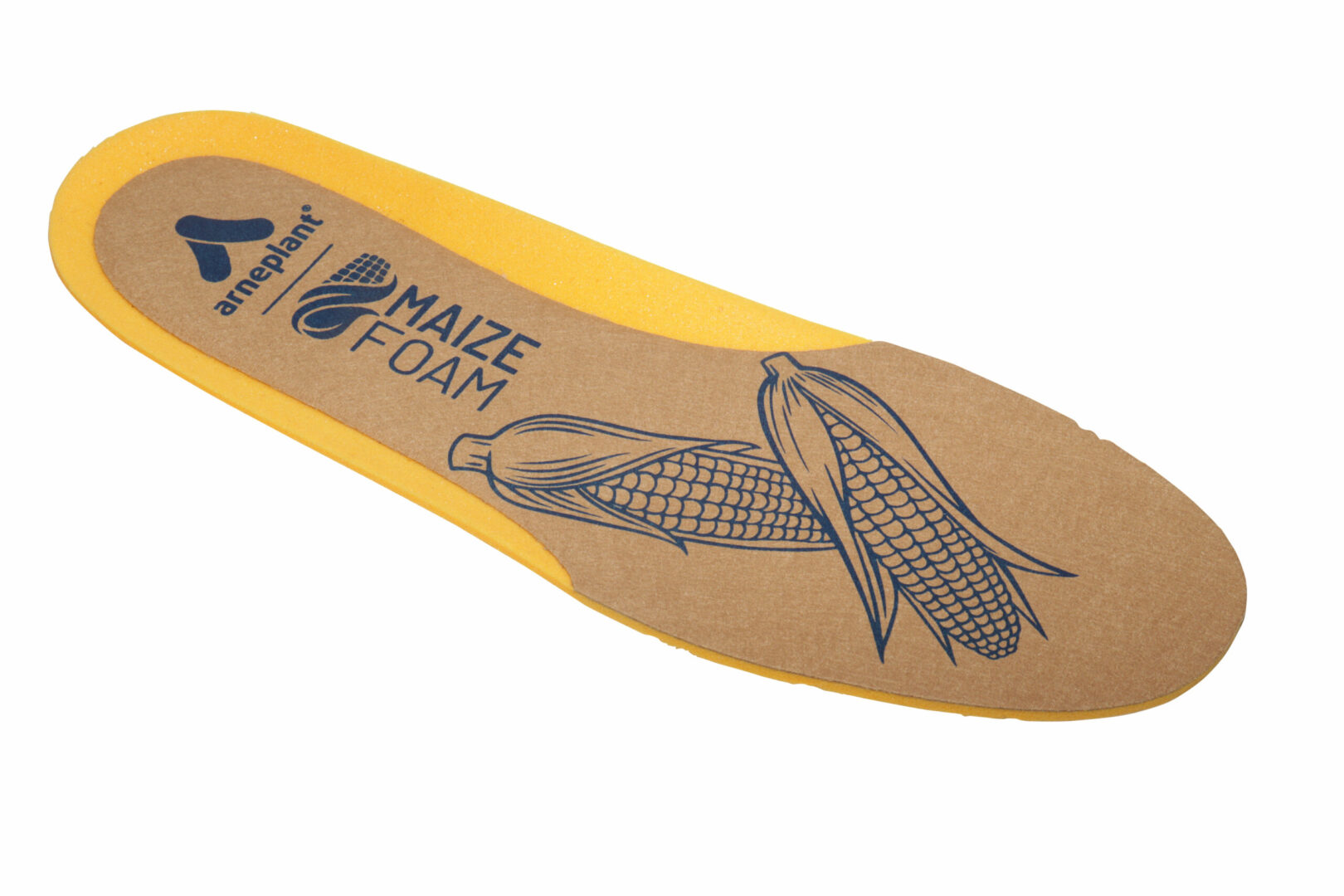In a fine book of 1971, quite polemical with the thought contemporary to him that raged against authority and tradition, Elémire Zolla defends the term and values of tradition, which in its full sense means primordial knowledge, that knowledge to which we must somehow reconnect in case we want to fully understand the present in which we move.
A tradition that can live in rituals, in memory, but that can actually also be passed on through objects, design and, of course, fashion that, perhaps, of tradition and the revised and rewritten recovery of the past has made it a true bulwark.
Can even a pair of shoes tell us about a tradition? It would seem so by looking at the Pedü brand.
Pedü were the typical shoes of the inhabitants of Valmalenco, an alpine valley north of Milan, sewn and worked by hand until the 1950s by the women of the village who learnt the secrets of this ancient art by observing the mastery of the older women. And it is precisely from the desire to restore value to a craftsmanship that risked being lost, keeping alive a cultural heritage passed down from generation to generation, that the Pedü project was born, enabling the new generation of tailors and seamstresses to learn the secrets that make these shoes unique.

Pedü are hardwearing shoes, conceived according to the philosophy of ‘buy better, buy less‘, made of 100% eco-friendly materials selected with care, without the use of leather and plastic parts, to create a high quality product, made entirely by hand in the Sondrio craft workshop and which lasts over time. The upper is made from a double layer of natural bonded fabrics (velvet, linen, boiled wool, cotton, cotton and wool). The seams are made of high-strength polyester thread obtained from recycled PET.

The midsole is made of four layers of recycled PET felt, overlaid and sewn together without the use of glue. Each model is equipped with a Vibram® ECOSTEP sole, an ecological compound made of at least 30% recycled rubber from the production phases. This sole gives the shoe resistance, adapting to particularly challenging terrains and routes.
You may also be interested in the following articles:

Characteristics and differences of plastic materials for making soles
Discover the main types of plastic for soles

The soles that will save the planet
Plenty of sole manufacturers are exploring different and more sustainable solutions for making footwear structures. Recycling and bio-materials the most popular solutions.

The sole of the matter: understanding the importance of shoe soles materials
Shoe soles are made from a broad range of materials












































